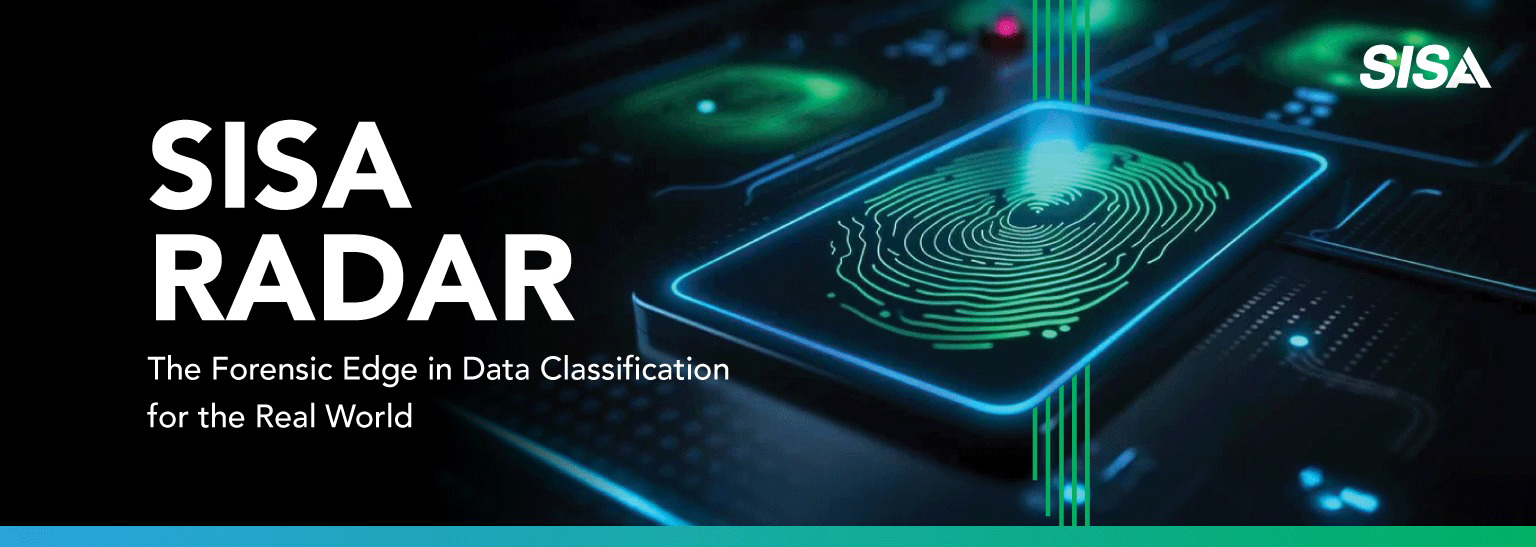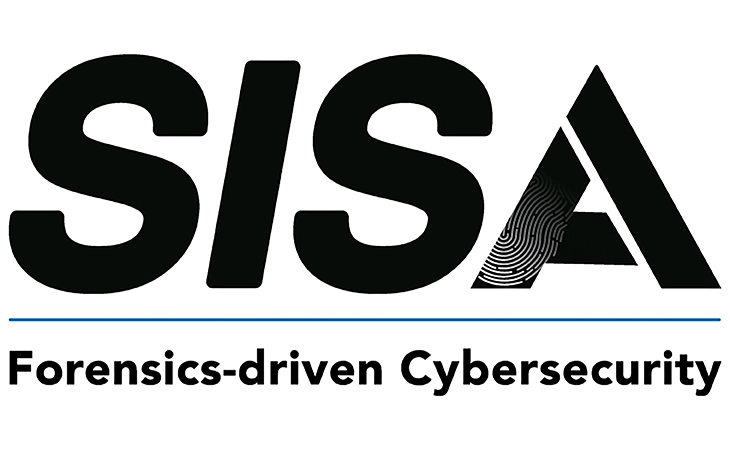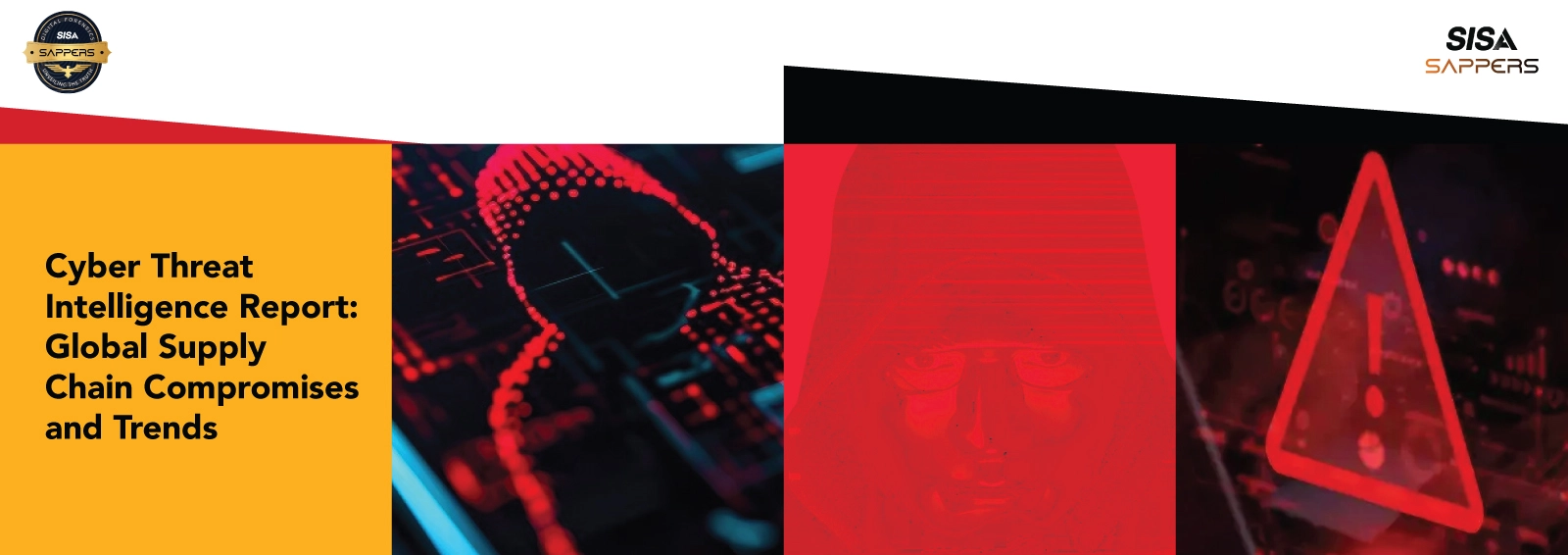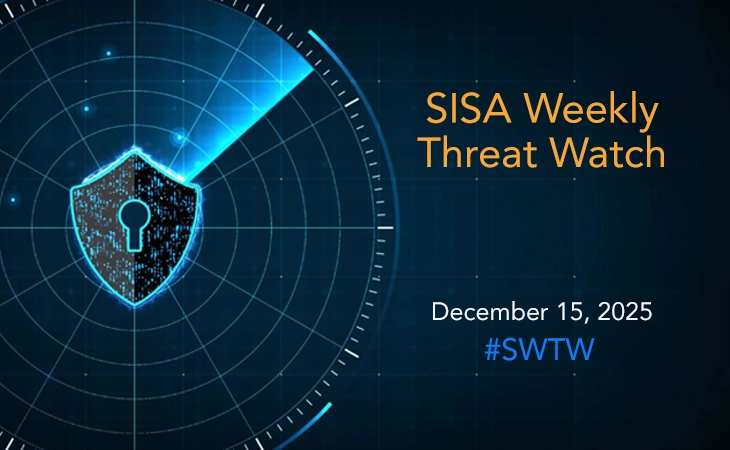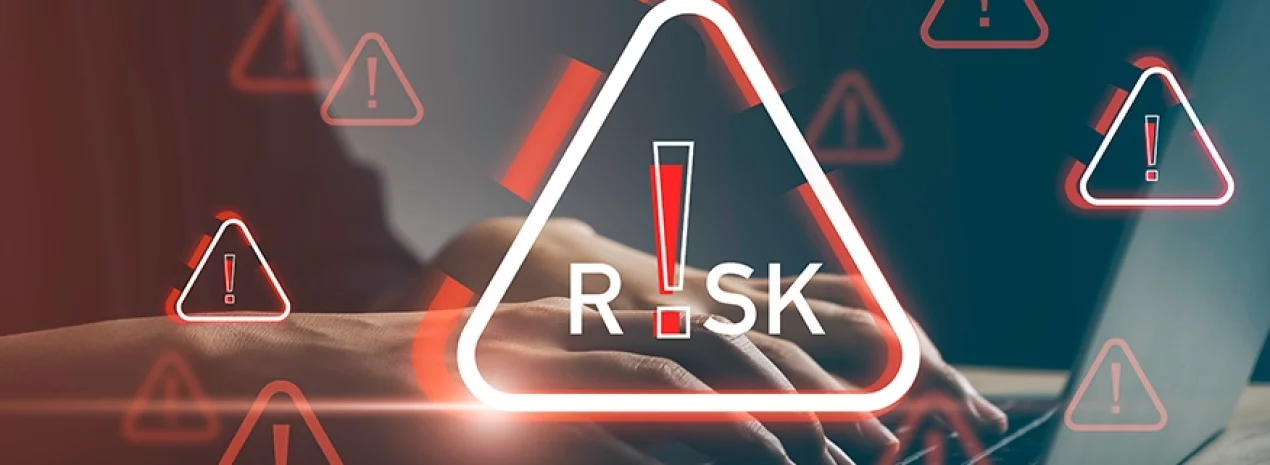
What is Incident Handling? Definition, Steps & Importance
What Is Incident Handling?
Incident handling is the set of coordinated activities and processes an organization uses to manage the full span of a cybersecurity incident—from the moment a potential threat is detected until after the organization has recovered and learned from the event. It combines proactive measures (such as planning and training) with reactive actions (such as containment and eradication) to protect information assets and maintain business continuity. By following a structured lifecycle, teams can ensure that incidents are addressed swiftly, methodically, and consistently.
Why It Matters
Without a clear incident handling program, organizations risk delayed detection, ad hoc responses, prolonged downtime, greater data loss, and higher recovery costs. A mature incident handling capability enables faster decision making, clearer communication among stakeholders, and systematic improvements based on lessons learned. In highly regulated sectors, it also demonstrates due diligence to auditors, regulators, and customers.
Key Terms
- Security Incident: Any event or series of events that jeopardizes the confidentiality, integrity, or availability of information assets.
- Incident Response Policy: The governing document that defines what constitutes an incident, outlines roles and responsibilities, and specifies high-level objectives for the response team.
- Playbook: A step-by-step guide for responding to a specific type of incident (for example, malware outbreak or data breach), detailing technical procedures, decision points, and communication templates.
- Incident Response Team (IRT): A cross-functional group—typically including security analysts, IT operations, legal, communications, and management—charged with executing the incident handling process.
The Four Phases of Incident Handling
1. Preparation
Preparation lays the groundwork for all subsequent phases by ensuring the organization has the right policies, procedures, people, and technology in place. Key activities include:
- Developing and maintaining an Incident Response Policy to establish scope and authority.
- Creating detailed playbooks for common scenarios, such as ransomware, phishing, and insider threats.
- Building or chartering an Incident Response Team with clearly defined roles, escalation paths, and decision-making authorities.
- Deploying essential tooling, including Security Information and Event Management (SIEM), Endpoint Detection and Response (EDR), intrusion detection systems, and forensic analysis platforms.
- Conducting regular tabletop exercises and simulated drills to validate processes and train participants.
- Maintaining an up-to-date asset inventory and performing risk assessments to prioritize controls and response efforts.
2. Detection and Analysis
In this phase, the focus is on identifying potential incidents as early and accurately as possible, and then determining their scope and impact. Activities include:
- Continuously monitoring logs, network traffic, and endpoint telemetry through automated tools and manual reviews.
- Triaging alerts to filter out false positives and escalate genuine incidents.
- Performing initial analysis to establish incident classification, severity level, and affected systems or data.
- Gathering relevant artifacts—such as log files, memory dumps, and network captures—to support deeper forensic investigation.
- Notifying stakeholders and updating incident tracking systems with preliminary findings.
3. Containment, Eradication and Recovery
Once an incident is confirmed, the goal is to halt its progress, remove all malicious elements, and restore normal operations safely. This phase breaks down into three distinct activities:
- Containment: Implementing short-term measures—such as network segmentation, account suspension, or system isolation—to prevent further spread while preserving evidence.
- Eradication: Locating and removing the root cause of the incident, whether that is malware, unauthorized accounts, or exploited vulnerabilities. This may involve patching systems, revoking credentials, or rebuilding affected servers.
- Recovery: Restoring systems and data from known-good backups, validating that patched systems operate correctly, and gradually reintroducing them into production. During recovery, teams monitor for signs of persistent threats to ensure full remediation.
4. Post-Incident Activity (Lessons Learned)
The incident lifecycle does not end when services resume. Post-incident review drives continuous improvement:
- Conducting a structured debrief—often called a lessons-learned or after-action review—to document the timeline, technical findings, decision-making processes, successes, and shortcomings.
- Identifying and prioritizing action items, such as updating playbooks, refining detection rules, patching additional systems, or enhancing training programs.
- Sharing an executive summary with leadership, and when required by regulation or contract, notifying customers or regulators.
- Tracking remediation tasks to completion and integrating insights into the organization’s risk management and security strategy.
Importance of a Robust Incident Handling Program
- Minimizes Operational Impact
Fast, coordinated response limits system downtime, data loss, and business disruption. - Reduces Financial Costs
Efficient containment and eradication lower incident recovery expenses and potential regulatory fines. - Ensures Compliance
Meets requirements under regulations such as GDPR, HIPAA, PCI DSS, and industry standards, demonstrating due diligence. - Preserves Reputation
Transparent, timely handling of incidents builds trust with customers, partners, regulators, and the public. - Enhances Security Posture
Lessons learned feed back into policies, tooling enhancements, and staff training, making the organization more resilient. - Streamlines Communication
Well-defined roles and processes promote clear, consistent updates internally and externally, reducing confusion during high-pressure events.
Frequently Asked Questions
Q1: How often should incident handling procedures be tested?
At a minimum, conduct full tabletop exercises once a year, with more frequent simulations for high-risk scenarios or after significant infrastructure changes. Regular testing ensures that teams remain skilled and identifies gaps before a real incident occurs.
Q2: What tools are essential for effective incident handling?
Core tools include SIEM platforms for log aggregation and correlation, EDR solutions for endpoint monitoring and response, forensic toolkits for evidence collection, and communication platforms for coordinating team actions and stakeholder notifications.
Q3: Who should be on the incident response team?
A multidisciplinary IRT typically consists of security analysts, IT operations staff, legal advisors, communications or public relations specialists, and senior management. Involving diverse perspectives ensures that technical, legal, and reputational considerations are all addressed.
Q4: How does cloud incident handling differ from on-premises?
Cloud environments introduce a shared responsibility model, requiring close coordination with service providers for log access, snapshot retrieval, and API-based forensics. Teams must also address ephemeral workloads—such as containers and serverless functions—where traditional forensics may not apply.
Q5: What is a tabletop exercise, and why is it important?
A tabletop exercise is a discussion-based simulation where participants walk through a hypothetical incident without touching live systems. It helps validate response plans, clarify roles, improve communication, and uncover procedural gaps in a low-risk setting.
Latest
Blogs
Whitepapers
Monthly Threat Brief
Customer Success Stories
 USA
USA India
India APAC
APAC Middle East
Middle East Global
Global



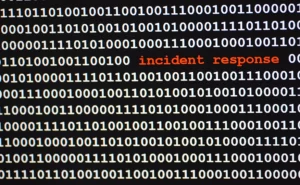


 Facebook
Facebook Linkedin
Linkedin  X
X Youtube
Youtube



